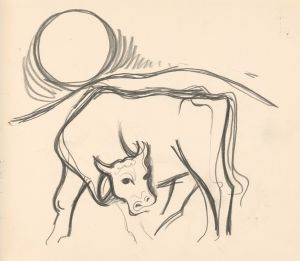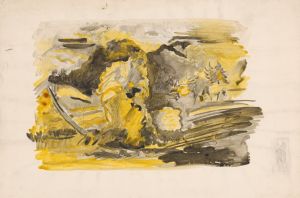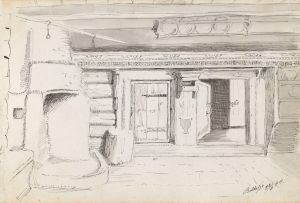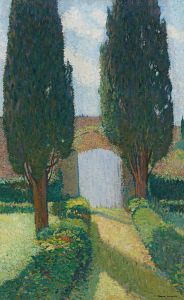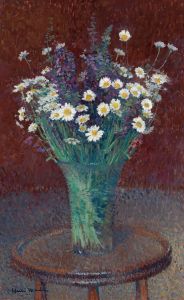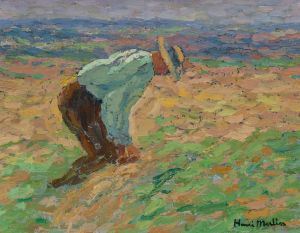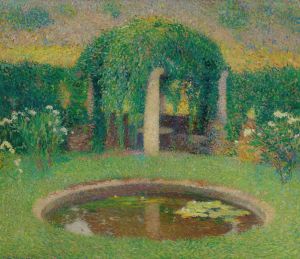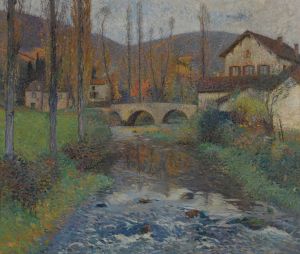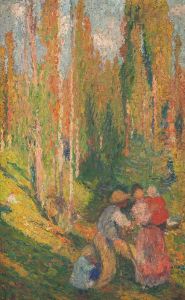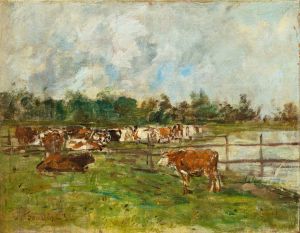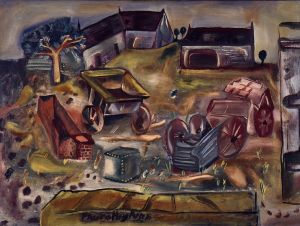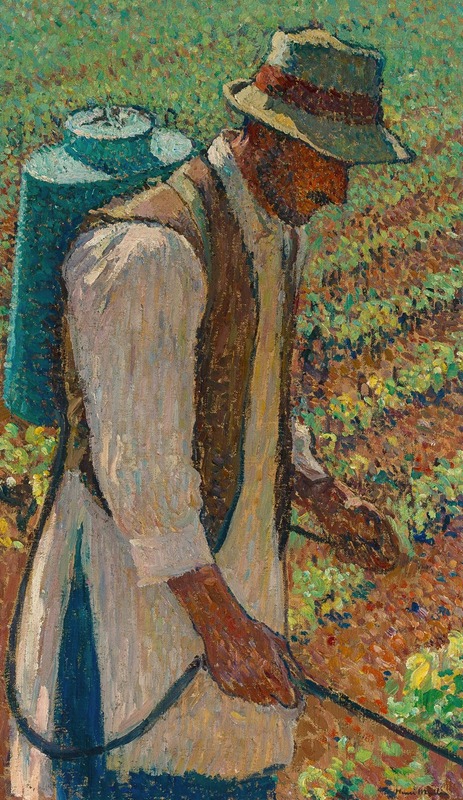
Le Sulfateur
A hand-painted replica of Henri Martin’s masterpiece Le Sulfateur, meticulously crafted by professional artists to capture the true essence of the original. Each piece is created with museum-quality canvas and rare mineral pigments, carefully painted by experienced artists with delicate brushstrokes and rich, layered colors to perfectly recreate the texture of the original artwork. Unlike machine-printed reproductions, this hand-painted version brings the painting to life, infused with the artist’s emotions and skill in every stroke. Whether for personal collection or home decoration, it instantly elevates the artistic atmosphere of any space.
Henri Martin was a prominent French painter known for his contributions to the Post-Impressionist movement. Born in 1860, Martin developed a distinctive style characterized by his use of vibrant colors and a pointillist technique, which he adapted to suit his own artistic vision. One of his notable works is "Le Sulfateur," a painting that captures a scene from rural life, reflecting Martin's deep appreciation for the French countryside and its inhabitants.
"Le Sulfateur," which translates to "The Sulfur Sprayer," depicts a farmer engaged in the act of spraying sulfur on grapevines. This agricultural practice was common in the late 19th and early 20th centuries as a means of protecting crops from pests and diseases. The painting is a testament to Martin's ability to portray everyday rural activities with a sense of dignity and beauty. Through his use of color and light, Martin elevates the mundane task of sulfur spraying into a subject worthy of artistic exploration.
Martin's technique in "Le Sulfateur" is indicative of his broader artistic approach. He often employed a method similar to pointillism, using small, distinct dots of color to create an image that appears cohesive from a distance. This technique allows for a rich interplay of light and shadow, giving the painting a luminous quality. The colors in "Le Sulfateur" are vibrant and varied, capturing the natural beauty of the rural landscape and the vitality of the farmer's work.
The composition of "Le Sulfateur" is carefully balanced, with the figure of the farmer positioned prominently in the foreground. This focus on the human element is a hallmark of Martin's work, as he frequently sought to depict the connection between people and their environment. The background of the painting features rolling hills and lush vegetation, emphasizing the harmony between the farmer and the land he tends.
Henri Martin's work, including "Le Sulfateur," is often associated with the broader Symbolist movement, which sought to convey deeper meanings and emotions through art. While Martin's paintings are grounded in reality, they also evoke a sense of timelessness and universality, capturing the enduring rhythms of rural life. His ability to blend realism with a more abstract, emotive style has earned him a lasting place in the history of French art.
"Le Sulfateur" is representative of Martin's broader oeuvre, which includes numerous depictions of rural scenes and landscapes. Throughout his career, Martin remained committed to exploring the beauty and complexity of the natural world, often drawing inspiration from the region of Midi-Pyrénées, where he spent much of his life. His work continues to be celebrated for its technical skill, vibrant color palette, and the unique perspective it offers on the relationship between humans and nature.
In summary, "Le Sulfateur" by Henri Martin is a significant work that exemplifies the artist's mastery of color and form, as well as his deep connection to the rural landscapes of France. Through this painting, Martin captures a moment of agricultural life with both realism and poetic beauty, reflecting his broader artistic vision and his contribution to the Post-Impressionist movement.






